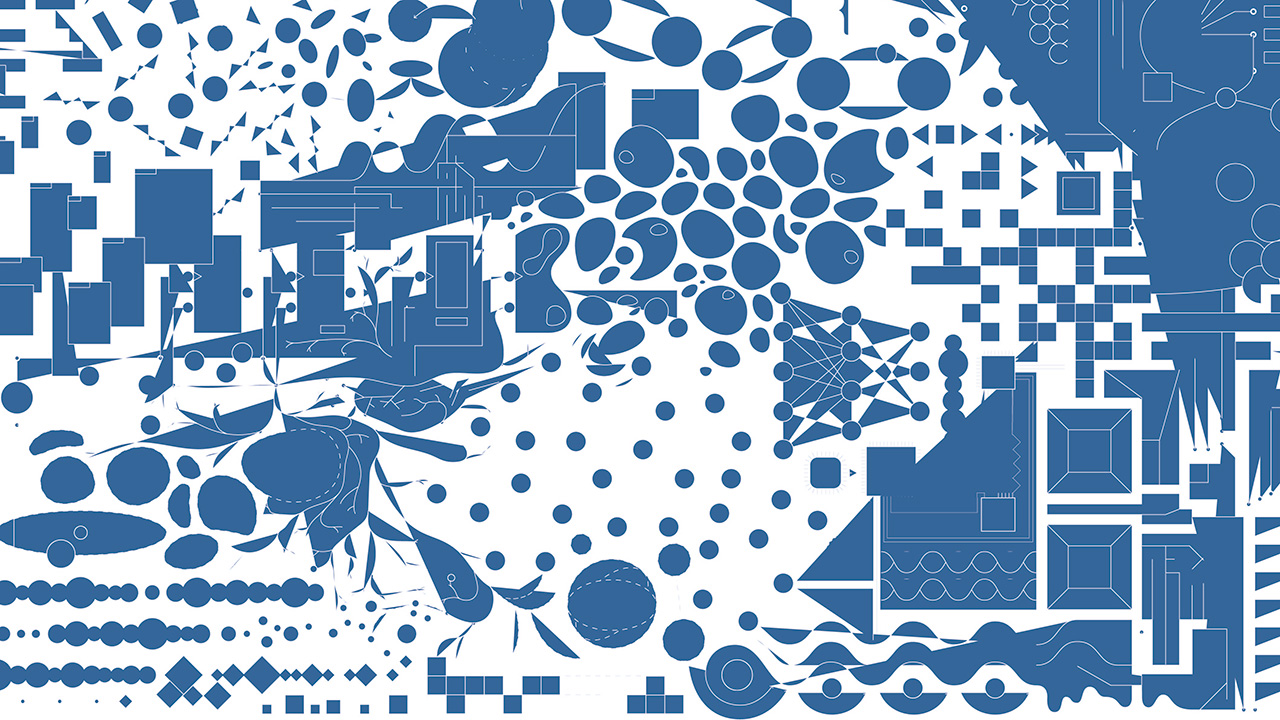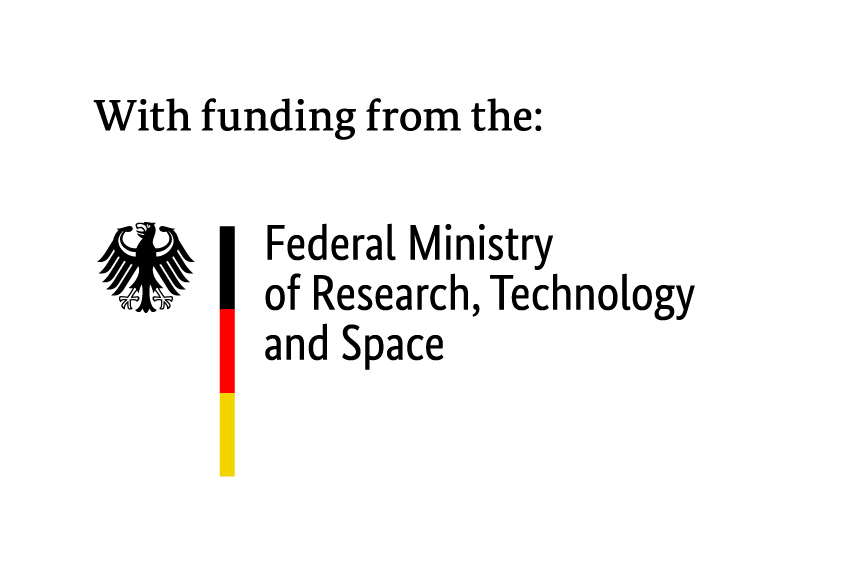
- This event has passed.
Workshop “Cultures of Credence: Mind Control and Other Fringe Epistemologies”

This workshop explores the borderlands of knowing, where knowledge claims are made and rejected, and where credibility is negotiated through appeals to evidence, replication, plausibility, and authority. Using concepts from history, philosophy, and STS, this workshop examines such subjects as mind control and its attendant sounds, the nature of evidence and its technologies, and how such subjects may be addressed in the classroom.
The immediate reason for this workshop is an exhibition on “Mind Control” planned for 2027 at MIT, for which James Kennaway, Hannah Rogers, and Bernd Bösel submitted a proposal on the sonic dimensions of sound control in factional and fictional accounts. Since the proposal has now made it to the second round of reviews, we want to invite James Kennaway to Aachen to convene and talk in person about the details of our possible contribution.
At the same time, we want to open up our discussions to what we call fringe epistemologies. Fringe claims are often dismissed via demarcation criteria, yet as Pinch and Collins (1979) demonstrate, these criteria (like repeatability) are themselves culturally variable and embedded in tacit judgments about competence and plausibility. In the case of mind control or UFO encounters, skepticism frequently precedes investigation, rendering some claims “unscientific” by default. As with parapsychology, the invocation of fraud or delusion often replaces empirical scrutiny with metaphysical certainty (Pinch 1979). Following work by Pinch and Collins (1979), Lewis and Bartlett (2024, forthcoming), and others, we treat fringe phenomena not as “pseudo-science” to be debunked, but as sites that expose how demarcation works—how standards like repeatability or falsifiability are socially and culturally contingent, invoked more often to maintain scientific authority than to evaluate claims. By exploring the epistemic and institutional politics that exclude alien encounters or telepathy from science, we learn not only about the fringe but about science itself.
Together, we ask:
• What counts as credible evidence, and who decides?
• How is “rigor” constructed or attributed in the fringe?
• What counts as a “collection” (of evidence, anomalies, artefacts)?
• What kinds of absences (bodies, instruments, data) become presences?
• What role do aesthetics, collections, and material culture play in shaping belief?
If you would like to attend, please register with events@khk.rwth-aachen.de.
References:
Bösel, B., & Kennaway, J. (2025). Mind Control: Einleitung in den Schwerpunkt. Zeitschrift für Medienwissenschaft vol. 32.
Lewis, J., & Bartlett, A. (forthcoming 2026). Bigfooters and scientific inquiry: On the borderlands of legitimate science. Routledge.
Lewis, J., & Bartlett, A. (2024). The Shape of Bigfoot: Transmuting Absences into Credible Knowledge Claims. Cultural Sociology.
Pinch, T. J. (1979). Normal Explanations of the Paranormal: The Demarcation Problem and Fraud in Parapsychology. Social Studies of Science, 9(3), 329-348.
Collins, H. M., & Pinch, T. J. (1979). The construction of the paranormal: Nothing unscientific is happening. In R. Wallis (Ed.), . The Sociological Review, 27(S1).


